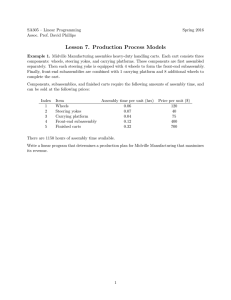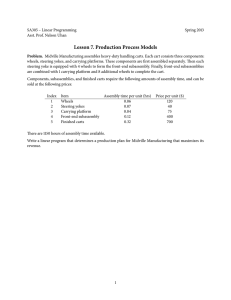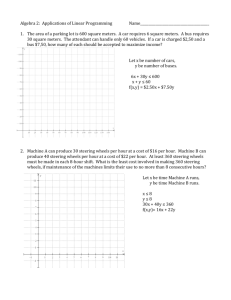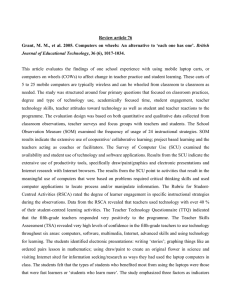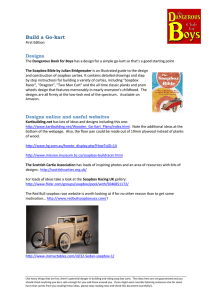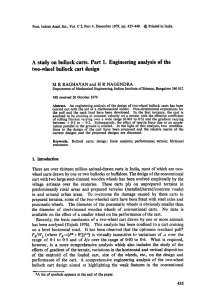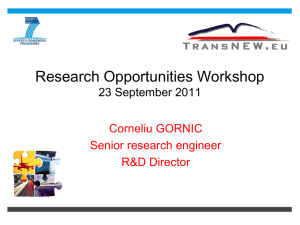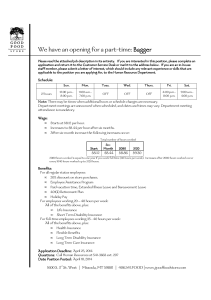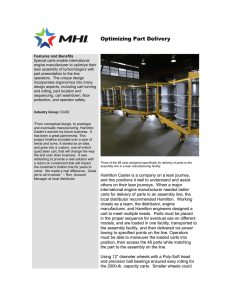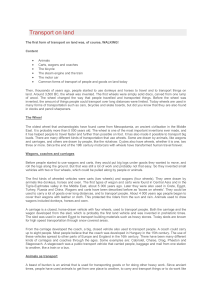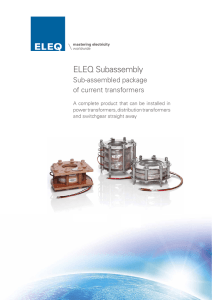Lesson 7. Production Process Models
advertisement
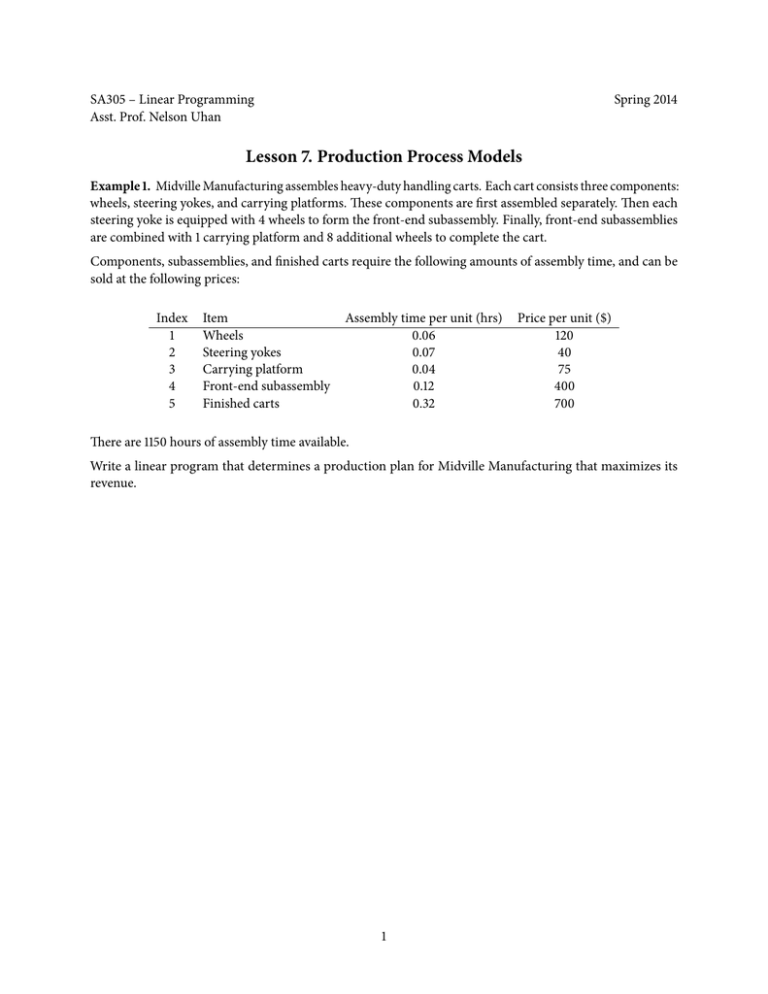
SA305 – Linear Programming Asst. Prof. Nelson Uhan Spring 2014 Lesson 7. Production Process Models Example 1. Midville Manufacturing assembles heavy-duty handling carts. Each cart consists three components: wheels, steering yokes, and carrying platforms. These components are first assembled separately. Then each steering yoke is equipped with 4 wheels to form the front-end subassembly. Finally, front-end subassemblies are combined with 1 carrying platform and 8 additional wheels to complete the cart. Components, subassemblies, and finished carts require the following amounts of assembly time, and can be sold at the following prices: Index 1 2 3 4 5 Item Wheels Steering yokes Carrying platform Front-end subassembly Finished carts Assembly time per unit (hrs) 0.06 0.07 0.04 0.12 0.32 Price per unit ($) 120 40 75 400 700 There are 1150 hours of assembly time available. Write a linear program that determines a production plan for Midville Manufacturing that maximizes its revenue. 1 Example 2. The Simplex Company produces 3 products: A, B, and C. These products can be sold in unlimited quantities at the following unit prices: Product Price A 10 B 50 C 100 The production requirements are as follows. Producing one unit of product A requires 1 hour of labor. Producing one unit of product B requires 2 hours of labor plus 2 units of A. Producing one unit of product C requires 3 hours of labor plus 1 unit of B. In addition, any units of product A used to produce product B cannot be sold, and any units of product B used to produce product C cannot be sold. A total of 40 hours of labor are available. Formulate a linear program to maximize the company’s revenues. 2
